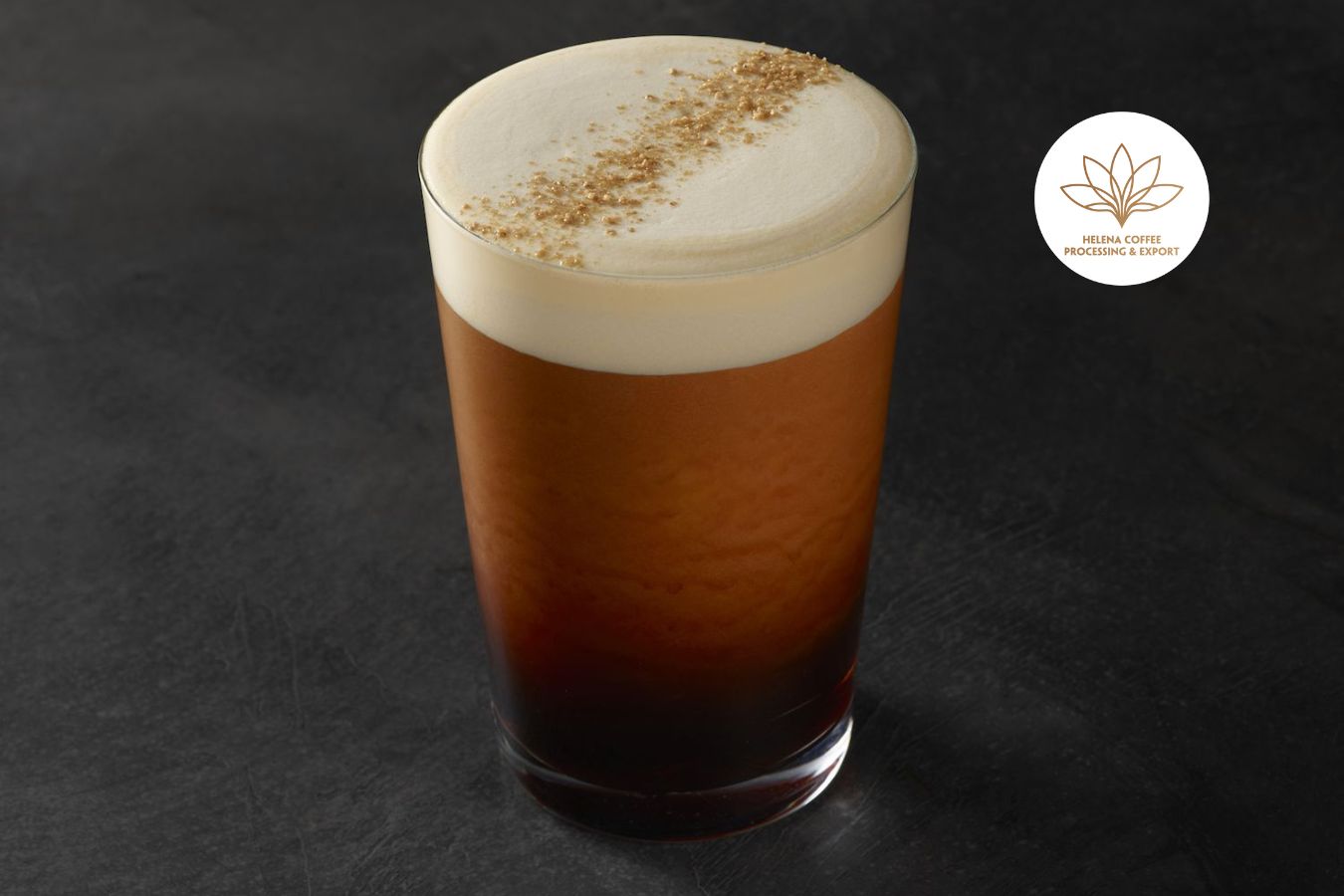
Cold Milk Foam For Coffee : In recent years, cold coffee beverages have solidified their position as a year-round favorite in coffee shops worldwide. According to Starbucks’ 2024 Q2 sales report, these chilled concoctions constituted approximately three-quarters of the company’s total drink sales during that period.
Specialty coffee shops have followed suit, expanding their offerings to include an array of cold coffee drinks. However, with such heightened demand, coffee businesses must innovate to diversify their cold drink options.Cold Milk Foam For Coffee
Enter cold milk foam – a velvety, stable topping that has gained popularity among various coffee chains, adding a delightful touch to cold coffee beverages.
To delve deeper into the potential of cold foam in coffee shops, I consulted with four industry experts. Their insights offer valuable perspectives on leveraging this creamy innovation. Read on to discover more.
Utilizing Cold Milk Foam For Coffee
Rich and velvety milk-based coffee drinks like lattes and flat whites hold a cherished place in the hearts of consumers worldwide.
Cold milk foam beverages have also carved out their own niche. Consider the traditional Greek freddo cappuccino, boasting cold milk foam drizzled over shaken espresso and sugar.
However, it’s only in recent times that cold milk foam has gained widespread attention in coffee shops. Starbucks, for instance, introduced its cold milk foam at the Seattle Reserve location in 2014 Cold Milk Foam For Coffee, gradually expanding it across the US in subsequent years. Five years later, UK-based Costa Coffee joined the trend by incorporating cold milk foam into select iced beverages.
Dhan Tamang, a six-time UK Latte Art Champion and the Global Brand Ambassador for Latte Art Factory—an automated milk foaming solution—elucidates on the surge in popularity of cold milk foam.
“It’s incredibly simple to customize any iced drink with a layer of cold foam on top,” he explains.
Exploring Texture Enhancement
Vadym Saichuk, Technical Support Manager at Frank Buna, sheds light on the transformative potential of cold milk foam in enhancing both the texture and visual allure of beverages.
“Delivering a creamy and velvety texture enriches the overall sensory experience, whether it’s a piping hot espresso or a chilled cold brew,” he emphasizes. “Cold Milk Foam For Coffee offers a versatile canvas for creating innovative, layered drinks that resonate with social media audiences, serving as a catalyst for attracting new patrons.”
Acknowledging the significance of visual appeal, particularly among younger demographics seeking Instagram-worthy indulgences, Saichuk highlights the undeniable appeal of cold milk foam’s smooth aesthetic,Cold Milk Foam For Coffee akin to the popular nitro latte, which holds a special allure for Gen Z consumers.
Peter Johanson, Business Development Manager at Löfbergs in Sweden, underscores the strategic value of cold coffee concoctions, especially those infused with milk and tantalizing flavors, Cold Milk Foam For Coffee in captivating the palates of younger enthusiasts—many of whom may eschew the traditional heat of coffee.
“In recent years, we’ve witnessed robust double-digit growth in cold coffee sales, particularly in regions like Sweden and Denmark,” Johanson observes, underscoring the evolving preferences in the coffee landscape.